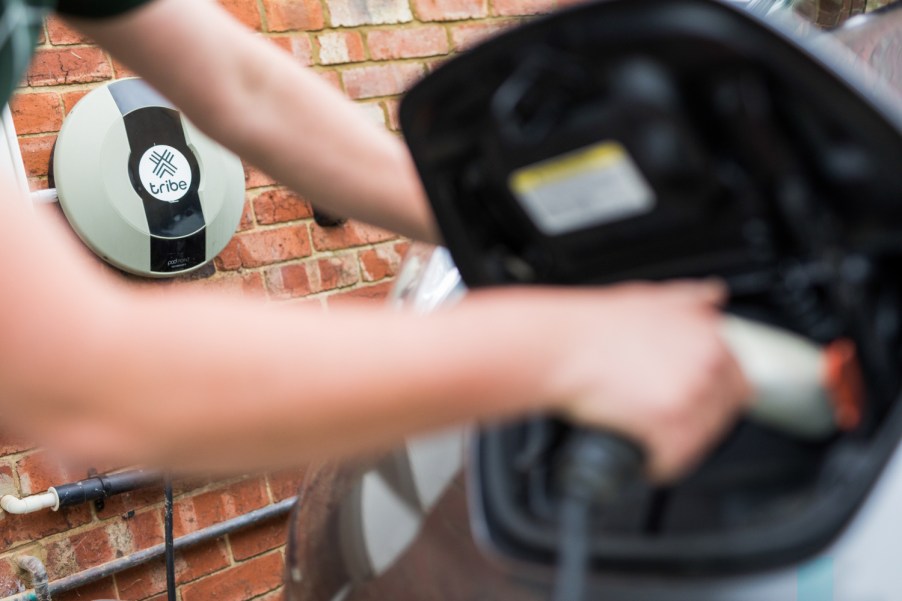
Does Cold Weather Affect an Electric Vehicle’s Efficiency?
Driving an electric vehicle (EV) has its perks and benefits when it comes to saving money on fuel and not polluting the environment. However, one drawback is the limited range that EVs have as compared to gas-powered and hybrid cars. But did you know that the weather can have an effect on a EV’s range?
When the temperature outside drops, so can an EV’s range
Cold weather can have an effect on every type of vehicle you drive; from a diesel-powered truck to a full-electric vehicle. For example, when you start a gas-powered car on a snowy day and begin to drive, you’ll notice that it will take much longer for the car to warm up both under the hood and in the cabin. This is due to the fact that the engine takes much longer to warm up under freezing temperatures, which equates to a 20% drop in fuel efficiency.
For electric vehicles, the same logic about the cabin taking longer to warm up still holds true as they use an electric heating system, according to the UCSUSA. Although, unlike gas-powered cars, which use extra heat from the engine to warm the cabin, electric vehicles must use energy from the same battery that’s powering the drive motor to heat the cabin. This equates to a drop in overall range, should the driver use the heater.

But an electric vehicle’s loss of range isn’t just about heating the cabin. EVs lose range in cold weather because the electrons in their batteries move slower when the temperatures drop, thus lowering their performance.
However, electric vehicles have a thermal management system that keeps the battery warmer in the winter months and cooler in the summer months. This system keeps the battery at an optimal temperature and reduces the accelerated aging that batteries go through during their lifecycles. But again, the system draws even more power from the battery as well.

How to maximize an electric vehicle’s range in cold weather
Fortunately, there are ways to mitigate the negative effects that cold weather has on an EV’s battery. Here are some helpful tips, thanks to fueleconomy.gov:
- Use accessories wisely: Using an EV’s accessories like the heater, radio, and other infotainment features can drain an EV’s battery more quickly. If your EV has heated seats, it’s suggested to use them over the normal heater when possible as they can save energy.
- Use the car’s economy mode: By switching the car to “economy mode,” you could see a better return on the overall range.
- Pre-condition the car: Many EVs like the Nissan Leaf, Audi E-Tron, or any Tesla will allow you to turn the car on when it’s still plugged in. This is called “pre-conditioning” the cabin before you drive, as the car can heat the cabin while still getting a charge.
- Avoid hard braking: To get more range out of your EV in cold weather, make the most of its regenerative braking system by braking gradually so that it can store more energy when you’re coming to a stop.
- Drive slower: Speeds after 50 mph typically result in a drop in efficiency. So keep closer to the speed limit or under, when possible, to squeeze more range out of your EV.




